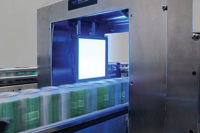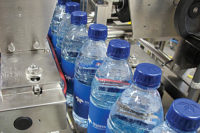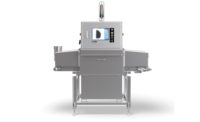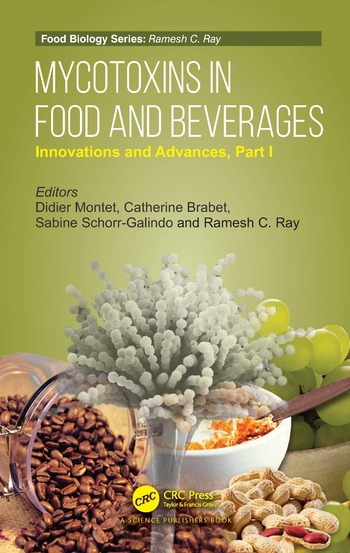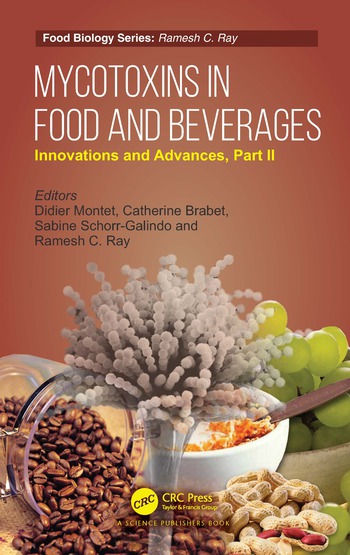Packaging Equipment
Beverage inspection advances improve integrity
Automation offers accurate picture for beverage operations

(Image courtesy of Teledyne TapTone)
Spoilage, leakage or packaging damage can impact a brand’s reputation and sales. Add consumer safety and quality concerns, and beverage and package integrity inspections are critical.
Moving away from spot inspections, industry experts note that, software and automation advances offer a more accurate picture of rejects and reject false positives. Checking all product — and not just a sample — ultimately improves confidence in the quality of what makes it to market, they report.
“Additionally, the software is providing critical statistical data on rejection rates which is a key indicator of how well the production line is running,” says Mark Bussard, product line manager at Teledyne TapTone, North Falmouth, Mass.
Indicating rejects while monitoring production line operations are benefits of inspection software and automation, Bussard notes. How and when inspections occur and adjusting to package design are equally important. Quality issues — especially leaks — during storage and transit can be prevented.
“There is a growing interest in leak inspection solutions that can ensure product reaching the market is not spoiled or has leaked prior to purchase,” Bussard says. “… To accomplish this, [beverage-makers] are adding more points of inspection throughout the production process.”
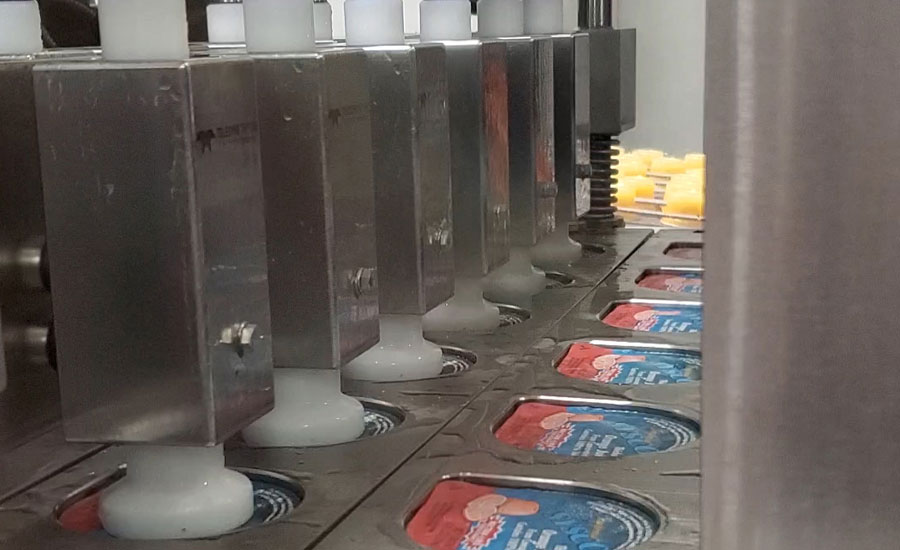
Image courtesy of Teledyne TapTone
Progressive packaging
Understanding container shapes to make inspection adjustments also help prevent quality and integrity mishaps.
Meanwhile, sustainable packaging, among other trends in packaging, can present unique challenges, Bussard notes.
Newer sustainable packaging is not always compatible with existing equipment, Bussard explains. Asymmetrical shapes, features adding wall stiffness that are not uniform, and uncontrolled orientation during production are all problem areas, he notes.
“The move toward more sustainable and environmentally friendly packaging has resulted in new challenges for some traditional methods in inspection,” Bussard says. “Either the material construction or container shapes and new closure methods can result in difficult to inspect — sometimes impossible to inspect — containers with the currently installed equipment.”
It can be costly if container designers overlook inspection methods and their existing equipment before designing new beverage packaging, he adds.
Capping considerations
Like any manufacturing environment, microscopic contaminants such as dust, cardboard residue, and plastic particles are present in beverage facilities as well. Microscopic particles are a quality inspection concern, and advances in capping solutions include contaminant monitoring and removal, experts note.
Particles found in plastic caps for bottled water and soft drinks, as well as t-corks and metal caps for distilled spirits, has become a common concern in Europe and the United States, explains Laurent Fournier, vice president and general manager at Zalkin.
Designed for high-speed operations, the Zalkin de-dusting system can remove particles over 1 μm at speeds as fast as 100,000 caps an hour, with a removal efficiency as much as 99%. With more than 80 installations worldwide, it already has been deployed by some of Europe’s largest bottled water and distilled spirits manufacturers, according to the company.
Beverage inspection equipment and methods help producers prevent spoilage, leakage and improve package integrity. From inspection at more points in the process to equipment focused on the product and package components, beverage makers are improving the integrity — and strengthening consumer brand trust — of products on the shelf.
Looking for a reprint of this article?
From high-res PDFs to custom plaques, order your copy today!



